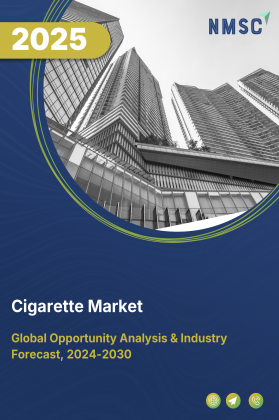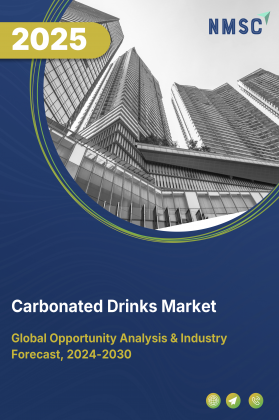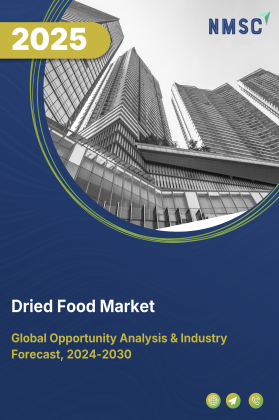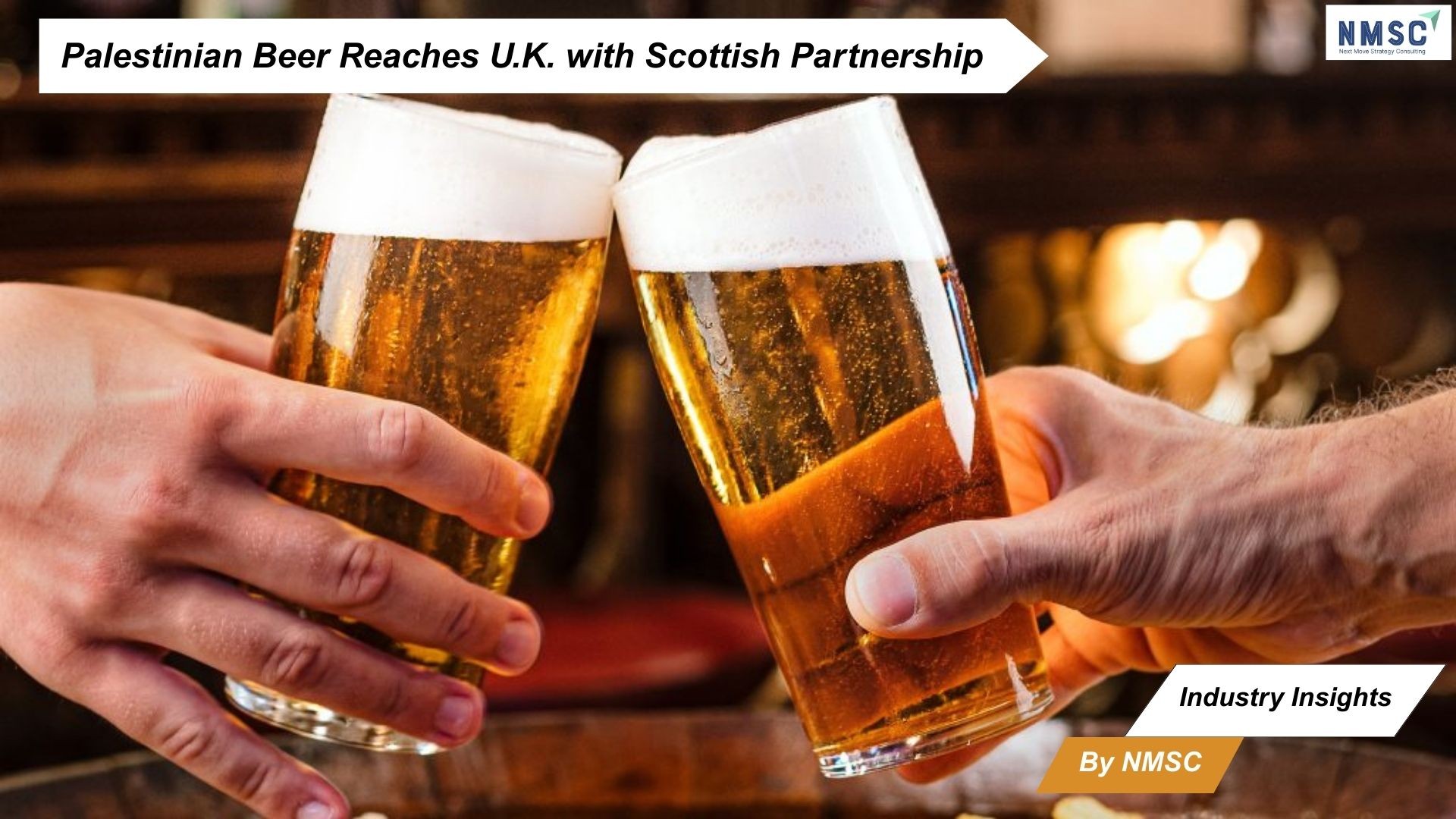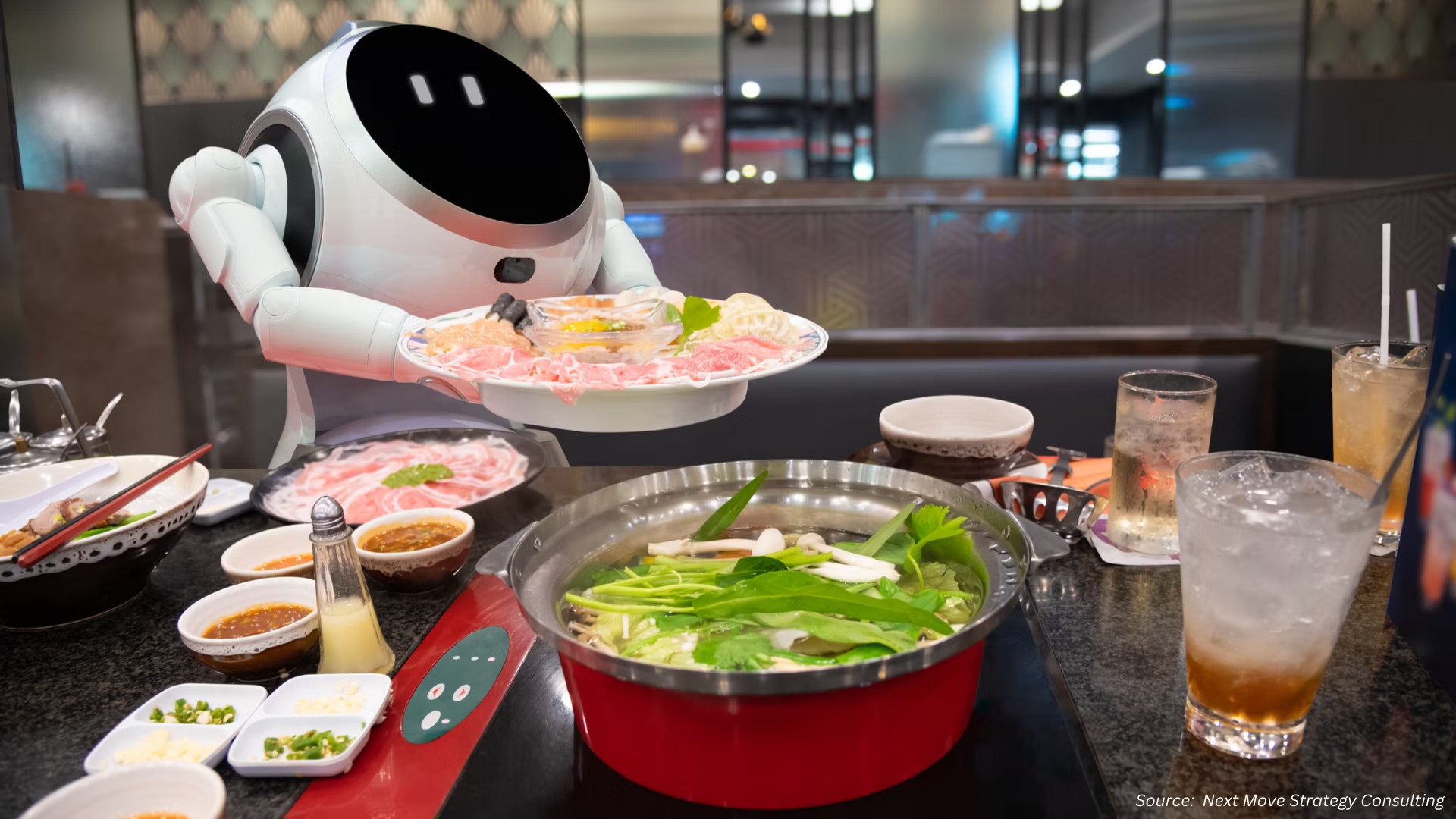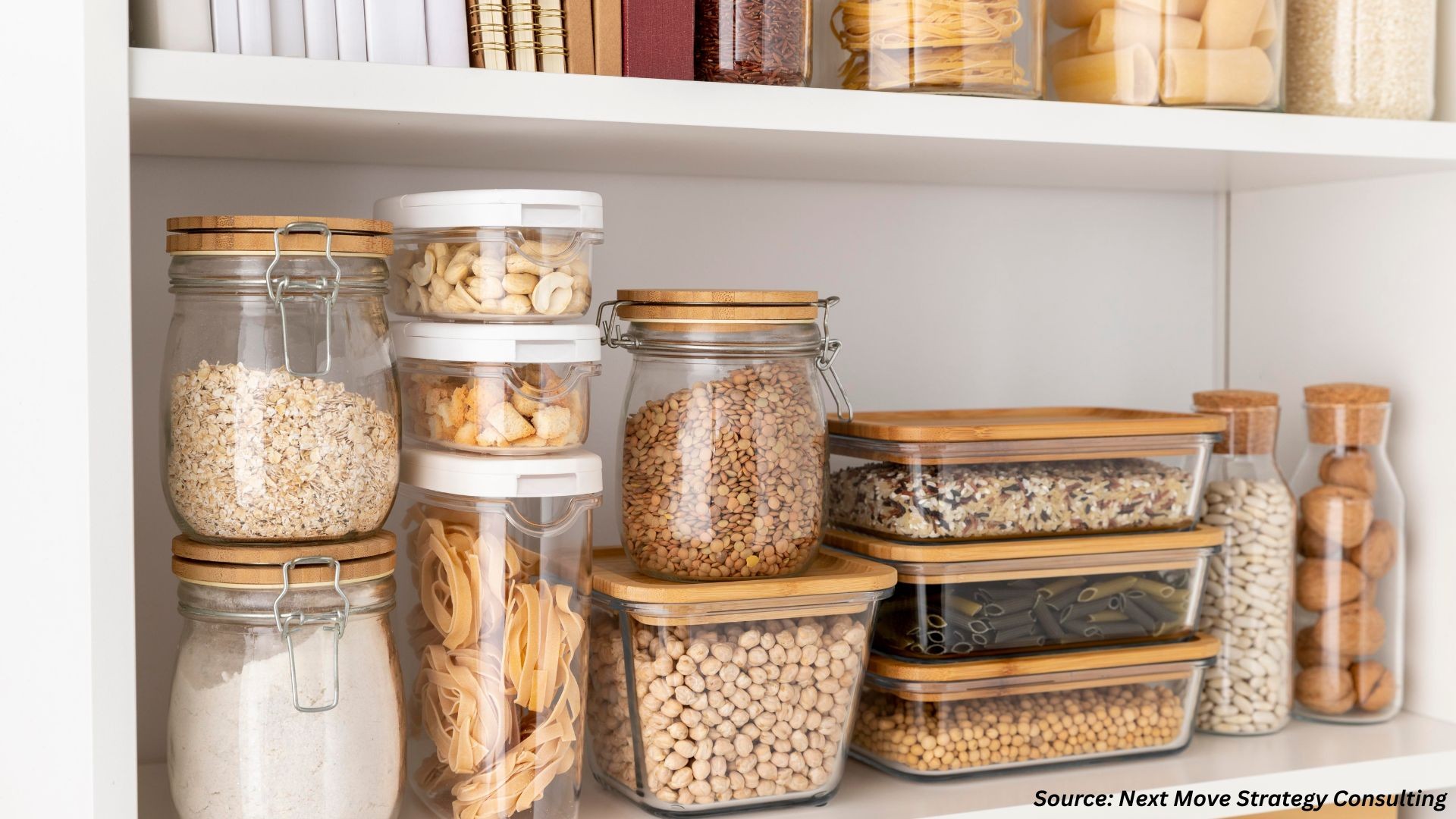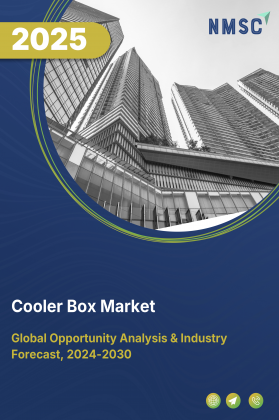
Cooler Box Market by Type (Reusable & Disposable), Power Source (Manual, Electric and Solar-Powered), by Material (PU Foam, Expanded Polystyrene, and Others), by Capacity (20 L, 21L – 50L, and 51L – 100L), by Application (Temperature-Sensitive Medical Transport, Outdoor Recreation & Leisure, and Others), Distribution Channel (Offline and Online), and by End-Users (Healthcare, Food Service, Retail E-Commerce, Military & Defense Forces, and Others) – Global Industry Trends and Forecast, 2025–2030.
Industry Overview
The global Cooler Box Market size was valued at USD 7.90 billion in 2024, and is predicted to reach USD 8.87 billion in 2025, and is expected to continue its growth trajectory, reaching USD 15.86 billion by 2030, with a CAGR of 12.3% from 2026 to 2030.
The market is experiencing robust growth, driven by a combination of climate-related necessities, expanding pharmaceutical cold chain logistics, and rising demand from the food delivery and e-commerce sectors. In high-temperature regions, the need for effective cooling has become critical for health and safety, prompting increased governmental focus on passive cooling infrastructure.
Simultaneously, the use of cooler boxes in storing and transporting sensitive pharmaceuticals and vaccines, especially in remote areas, is expanding. The surge in online food and grocery deliveries is further boosting demand for portable cold storage solutions. While high costs remain a limiting factor, especially in price-sensitive markets, the integration of IoT and smart features is opening up new opportunities in premium and commercial segments.
Climate-Driven Necessity in High-Temperature Regions Drives the Market Growth
As more regions face prolonged warm climates (25∘°C- 35∘°C), the demand for effective cooling solutions is fundamentally changing. This increasing heat makes cooler boxes essential for health and safety, moving beyond mere convenience as evidenced by recent global reports. The WHO's 2024 data show 1 in 10 people suffer foodborne illnesses annually, with tropical regions most affected due to refrigeration gaps.
Meanwhile, the 2024 Global Cooling Pledge Progress Report highlights how governments are taking action, with Kenya's revised National Building Code in 2024 mandating the integration of passive cooling systems, including insulation and natural ventilation, to address the escalating need for cooling in high-temperature environments. Conclusively, climate-driven necessity, health risks, and governmental mandates for passive cooling are significantly boosting the cooler box market demand in high-temperature areas.
Growing Use in Pharmaceutical Industry Drives the Market Expansion
The rising use of cooler boxes in pharmaceutical cold chain logistics is significantly contributing to the growth of the global market. As the demand for temperature-sensitive pharmaceuticals such as biologics, mRNA-based vaccines, insulin, and gene therapies continues to escalate, pharmaceutical companies are under increasing pressure to ensure product integrity through reliable cold chain solutions. Cooler boxes, with their advanced insulation and temperature control capabilities, play a crucial role in minimizing thermal excursions during transportation and storage.
According to government data, the Indian pharmaceutical industry is valued at approximately US$ 50 billion, with exports accounting for more than US$ 25 billion of this value. India is also a key global player in the generics market, contributing around 20% of worldwide generic drug exports. This heavy reliance on international distribution further intensifies the need for dependable temperature-controlled packaging solutions like cooler boxes.
Moreover, global regulatory bodies such as the U.S. FDA, EMA, and India’s CDSCO are reinforcing stricter guidelines around the storage and shipment of pharmaceuticals. These compliance demands, coupled with the rising incidence of chronic diseases and the expansion of vaccination programs in low- and middle-income countries, are driving investments in robust cold chain infrastructure. As a result, the cooler box market is witnessing accelerated adoption across the pharmaceutical and biotechnology sectors, particularly in emerging economies with rising healthcare needs and export-oriented production models
Surge in Food Delivery and E-Commerce is Increasing Adoption of Cooler Box
The escalating surge in food delivery and e-commerce across various sectors has significantly amplified the adoption of cooler boxes. As consumers increasingly rely on online platforms for everything from groceries to ready-to-eat meals, maintaining the integrity and safety of temperature-sensitive products during transit becomes paramount. This growing necessity directly drives the demand for reliable portable cold storage.
According to data from a 2024 report by the International Trade Administration, a prominent example of this anticipated e-commerce expansion is that global B2C e-commerce revenue is expected to climb to USD$5.5 trillion by 2027, maintaining a consistent 14.4% compound annual growth rate, further underscoring the expanding need for efficient delivery solutions like cooler boxes
High Costs Restrain the Market Expansion
While advanced cooler boxes offer enhanced durability, insulation, and performance, their high price points pose a barrier for cost-sensitive consumers. Premium models cost several hundred dollars or more, depending on their features and storage capacity. This pricing challenge restricts widespread adoption, particularly in developing markets and among consumers seeking affordable solutions for recreational or household use. The issue is most pronounced in the residential and leisure segments, where value-for-money remains a key consideration.
IoT Integration Creates Lucrative Opportunities for Market Growth
The emergence of smart cooler boxes featuring temperature monitoring, Bluetooth connectivity, and solar-powered refrigeration is transforming the market. These IoT-enabled solutions offer real-time tracking and enhanced cooling performance, making them especially valuable for applications such as transporting perishable foods and temperature-sensitive medical supplies. As technology continues to integrate with traditional cooling solutions, these innovations are creating new revenue streams and contributing to the expansion of the market, particularly within premium and commercial segments.
Market Segmentations and Scope of the Study
The market report is segmented on the basis of type, power source, material, capacity, distribution channel, application, end-users and by region. On the basis of type, the market is categorized into reusable and disposable. By power source, the market is classified into manual, electric, and solar-powered. Based on raw material, the market is segmented into PU Foam, Expanded Polystyrene, Extruded Polystyrene, Expanded Polypropylene, Vacuum-insulated panels, Phase change materials, and Others. By capacity, the market is divided into 20 L, 21L - 50L, and 51L - 100L. On the basis of distribution channel, the market is segmented into Offline and Online. Based on the basis of end-users, the market is segmented into healthcare, food service, retail e-commerce, and military and defense forces. The regional breakdown includes regions such as North America, Europe, Asia-Pacific, and the Rest of the World (RoW).
Geographical Analysis
North America's cooler box market share is significantly driven by strict food safety regulations and consumer demand for reliable cold storage. According to a 2025 publication by FoodSafety.gov, the U.S. government promotes stringent "Chill" guidelines that emphasize refrigerating perishables within two hours (or within one hour if the temperature exceeds 90°F), maintaining refrigeration at or below 40°F (4°C), promptly cooling leftovers in shallow containers, and thawing or marinating foods safely in the refrigerator. These measures aim to curb bacterial growth and ensure public health, thereby accelerating the adoption of cooler boxes across households, food delivery services, and outdoor recreational activities. Additionally, the popularity of camping, tailgating, and meal kits continues to drive consumer-level demand in the region.
Europe’s industry is witnessing strong momentum driven by sustainability goals and eco-friendly innovation. The market is influenced by increasingly stringent environmental regulations and a growing preference for reusable, recyclable, and energy-efficient products. Regulatory frameworks introduced in recent years emphasize reducing packaging waste, encouraging circular economy practices, and promoting the use of sustainable materials. As a result, European manufacturers are focusing on product design that aligns with these evolving expectations, positioning the region as a leader in environmentally conscious cooler box solutions.
The Asia-Pacific region is a high-growth engine for cooler boxes, largely fueled by the explosive expansion of e-commerce. The surge in online shopping for perishables necessitates robust cold chain solutions for last-mile delivery, directly increasing cooler box demand. According to ICRIER, the Asia-Pacific (APAC) region is experiencing rapid e-commerce growth.
The sector was valued at US$2.9 trillion in 2022 and is projected to reach US$6.146 trillion by 2030, firmly establishing its position as the largest e-commerce market globally. This immense expansion, particularly in the delivery of perishable goods, directly fuels the demand for robust cold chain solutions, thereby significantly contributing to the growth of the industry across the region.
The Rest of the World segment comprising Latin America, the Middle East, and Africa presents a mixed growth scenario for cooler box adoption. In Latin America, increased agricultural exports and improvements in food distribution networks are driving demand. In the Middle East, extreme climate conditions and rising healthcare needs are prompting greater use of cold storage solutions. Meanwhile, in many parts of Africa, cooler boxes are gaining traction as critical tools to reduce post-harvest losses and maintain the integrity of temperature-sensitive medicines and vaccines.
Strategic Innovations Adopted by Key Players
Various companies in the cooler box industry are leading and adopting various strategies:
-
In April 2025, Coleman (under Newell Brands) launched its Coleman Pro Cooler line, hard coolers in 25, 45, and 55 QT sizes, and soft coolers for 16/24 cans, featuring 5‑day ice retention, 30% lighter weight, rugged wheels and drain features, backed by a 10‑year warranty, at 60% of premium competitors’ prices, targeting value-centric outdoor users.
-
\Similarly, In June 2024, Igloo Products Corp. debuted its Slayer Cooler Collection in Katy, Texas, coinciding with International Day of Slayer, showcasing limited-edition coolers and drinkware featuring the band’s iconic album artwork and leveraging Igloo’s latest innovations, signaling deeper youth and cult appeal engagement through strategic music collaborations following prior successes.
-
Additionally, Igloo has expanded its Southeast Asia footprint through new partnerships with top digital platforms. In the Philippines, it launched gadget and goods protection with Salmon, Skyro, and Shopee. In Indonesia, it rolled out travel and fraud insurance via Kredivo, DANA, and Akulaku. In Thailand, it introduced vehicle and flight insurance with True Money and Lazada. These moves reflect Igloo’s push to embed insurance into everyday digital services.
-
Meanwhile, in April 2025, YETI COOLERS, LLC. unveiled the redesigned Roadie 24 Cooler in Austin, Texas, introducing long-awaited upgrades including the BestDam Drain Plug, DoubleDuty shoulder strap, and Lockport compatibility, enhancing functionality and versatility while responding to customer feedback, and reinforcing YETI’s commitment to innovation and premium outdoor gear, as reported by Gear Patrol.
Key Benefits
-
The report provides quantitative analysis and estimations of the market from 2025 to 2030, which assists in identifying the prevailing industry opportunities.
-
The study comprises a deep-dive analysis of the current and future cooler box market trends to depict the prevalent investment pockets in the sector.
-
Information related to key drivers, restraints, and opportunities and their impact on the market is provided in the report.
-
Competitive analysis of the key players, along with their market share is provided in the report.
-
SWOT analysis and Porters Five Forces model is elaborated in the study.
-
Value chain analysis in the market study provides a clear picture of roles of stakeholders.
Cooler Box Market Key Segments
By Type
-
Reusable
-
Disposable
By Power Source
-
Manual
-
Electric
-
Solar-powered
By Material
-
PU (Polyurethane) Foam
-
Expanded Polystyrene (EPS)
-
Extruded Polystyrene (XPS)
-
Expanded Polypropylene (EPP)
-
Vacuum-Insulated Panels (VIPs)
-
Phase Change Materials (PCMs)
By Capacity
-
20 L
-
21L – 50L
-
51L – 100L
By Application
-
Temperature-sensitive medical transport
-
Outdoor recreation & leisure
-
Commercial supply chain & logistics
By Distribution Channel
-
Offline
-
Online
By End Users
-
Healthcare
-
Food Service
-
Restaurants
-
Caterers
-
Beverage Distributors
-
-
Retail E-Commerce
-
Fresh Grocery
-
Meal Delivery Services
-
-
Military and defense forces
-
Others
By Region
-
North America
-
The U.S.
-
Canada
-
Mexico
-
-
Europe
-
The UK
-
Germany
-
France
-
Italy
-
Spain
-
Denmark
-
Netherlands
-
Finland
-
Sweden
-
Norway
-
Russia
-
Rest of Europe
-
-
Asia-Pacific
-
China
-
Japan
-
India
-
South Korea
-
Australia
-
Indonesia
-
Singapore
-
Taiwan
-
Thailand
-
Rest of Asia-Pacific
-
-
RoW
-
Latin America
-
Middle East
-
Africa
-
Key Players
-
Sonoco ThermoSafe
-
BLOWKINGS India
-
Igloo Products Corp.
-
SOFRIGAM
-
The Coleman Company, Inc.
-
YETI COOLERS, LLC.
-
K2 Cooler
-
Dometic Group AB
-
Engel Coolers
-
Polar Bear Cooler
-
Grizzly Coolers
-
Cordova Outdoors
-
Canyon Cooler
Report Scope and Segmentation
|
Parameters |
Details |
|
Market Size in 2025 |
USD 8.87 Billion |
|
Revenue Forecast in 2030 |
USD 15.86 Billion |
|
Growth Rate |
CAGR of 12.3% from 2025 to 2030 |
|
Analysis Period |
2025–2030 |
|
Base Year Considered |
2024 |
|
Forecast Period |
2025–2030 |
|
Market Size Estimation |
Billion (USD) |
|
Growth Factors |
|
|
Countries Covered |
28 |
|
Companies Profiled |
15 |
|
Market Share |
Available for 10 companies |
|
Customization Scope |
Free customization (equivalent to up to 80 working hours of analysts) after purchase. Addition or alteration to country, regional, and segment scope. |
|
Pricing and Purchase Options |
Avail customized purchase options to meet your exact research needs. |

















 Speak to Our Analyst
Speak to Our Analyst



